For new garden owners, choosing the right irrigation method can make all the difference in the health and productivity of their plants. From hand watering to drip irrigation, this article will explore the most common irrigation methods and their benefits, to help you find the best way to water your garden.
Hand watering
This involves using a watering can, hose with a spray nozzle or a bucket to water plants by hand. Hand watering allows for precise control over where and how much water is applied to each plant.
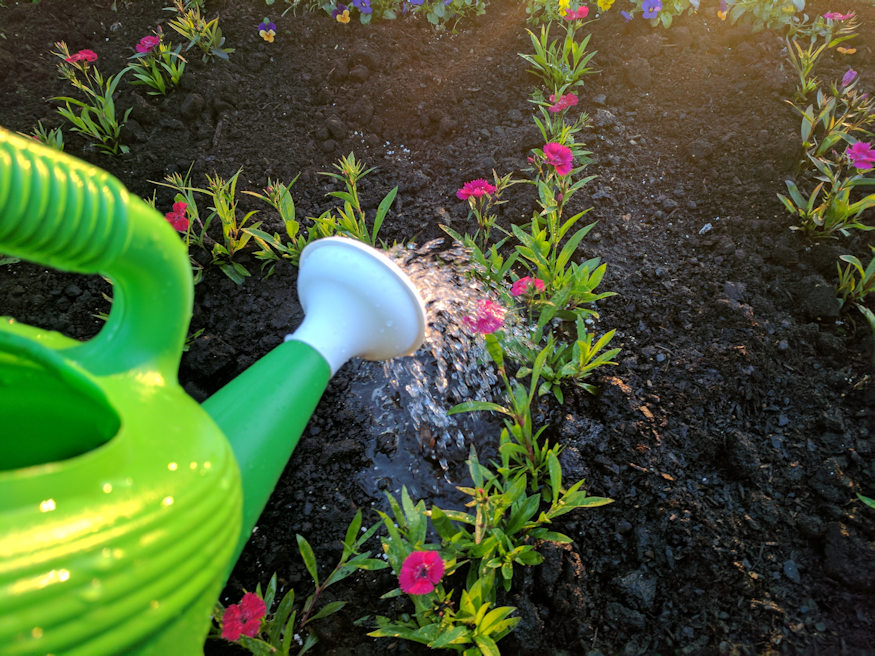
Drip irrigation
Drip irrigation involves using a system of hoses or tubing with small drip emitters that deliver water slowly and directly to the plant roots. This method of watering is efficient and conserves water as it reduces water waste and evaporation.

Sprinkler irrigation
Sprinkler irrigation is a common method for watering large areas of the garden. This method involves using a sprinkler that sprays water over a large area. This is less precise than drip irrigation, but can be useful for watering a large lawn.
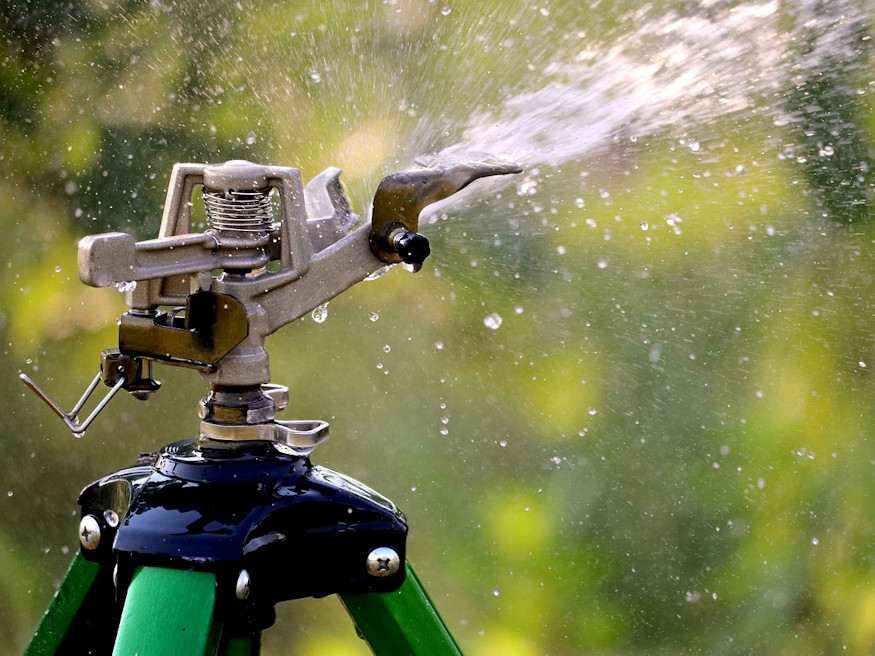
Soaker hoses
Soaker hoses are similar to drip irrigation systems, but they release water along their entire length instead of just at the emitters. They are a good option for watering long garden beds, and for saving water.
Watering spikes
Watering spikes are devices that allow water to be delivered directly to the root zone of a plant. They are inserted into the soil next to the plant, and water is delivered through a tube from a reservoir above. They are a good option for watering container plants or plants with deep roots.
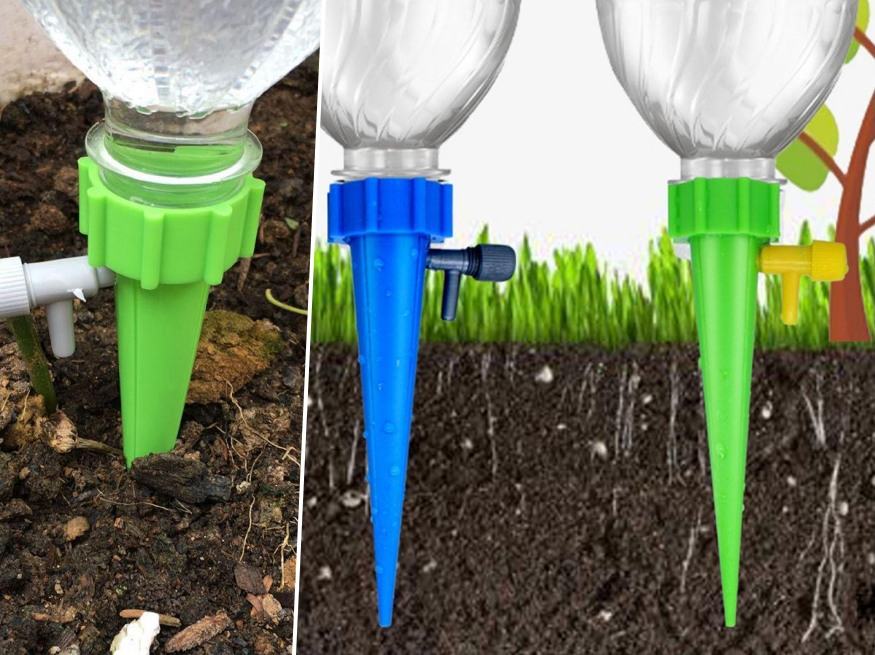
Self-watering containers
Self-watering containers are pots or planters that have a water reservoir built into the base. The plant roots draw water up through a wick or tube, ensuring that the plants are always evenly watered. These are great for small spaces and for people who travel frequently.
These are some of the most common ways to water garden plants. Each method has its advantages and disadvantages, so it’s important to consider your garden’s specific needs and choose the method that works best for you.
Here are some useful tips and advice for watering garden plants:
Water deeply and infrequently: It’s important to water deeply and infrequently rather than giving plants frequent shallow waterings. This encourages plants to develop deep roots that can access moisture and nutrients further down in the soil.

Water in the morning: It’s best to water in the morning, as this allows plants to absorb moisture before the heat of the day causes it to evaporate. Watering in the afternoon or evening can lead to fungal diseases.
Use a watering can or hose with a spray nozzle: When hand watering, use a watering can or hose with a spray nozzle to deliver water directly to the base of the plant. Avoid getting water on the leaves, as this can lead to fungal diseases.

Use a drip irrigation system: Drip irrigation is an efficient and effective way to water garden plants. This method delivers water directly to the roots of the plant, reducing water waste and preventing fungal diseases.
Use a rain barrel: Collecting rainwater in a barrel is an environmentally-friendly way to water your garden. Simply attach a hose to the barrel and use it to water your plants when needed.
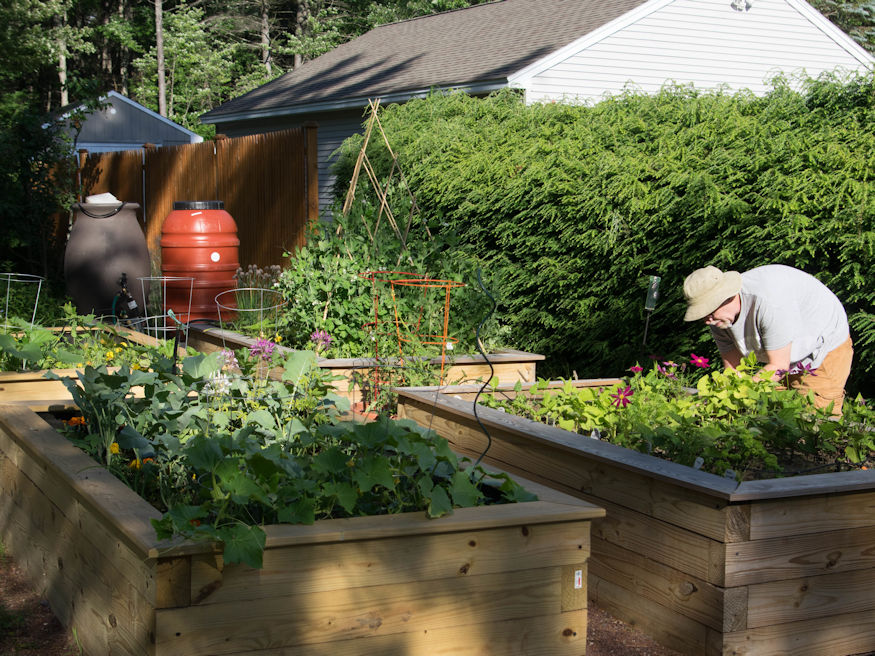
Use mulch: Mulch helps to retain moisture in the soil, reducing the need for frequent watering. Apply a layer of organic mulch, such as bark chips or straw, around the base of your plants.
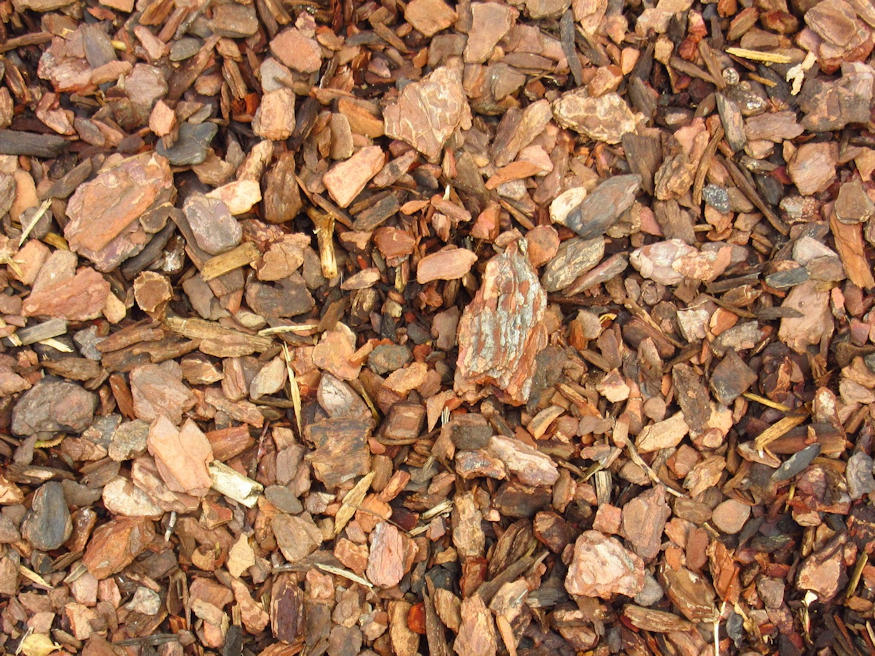
Water according to plant needs: Different plants have different watering needs. Research the watering requirements of the plants in your garden and adjust your watering schedule accordingly.
Remember, it’s important not to overwater your plants, as this can lead to root rot and other problems. Watering too little can also cause problems, so be sure to find the right balance for your garden.









